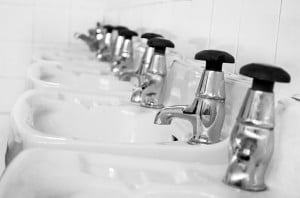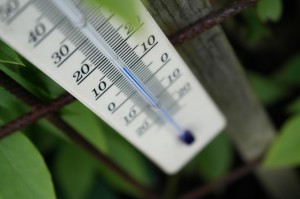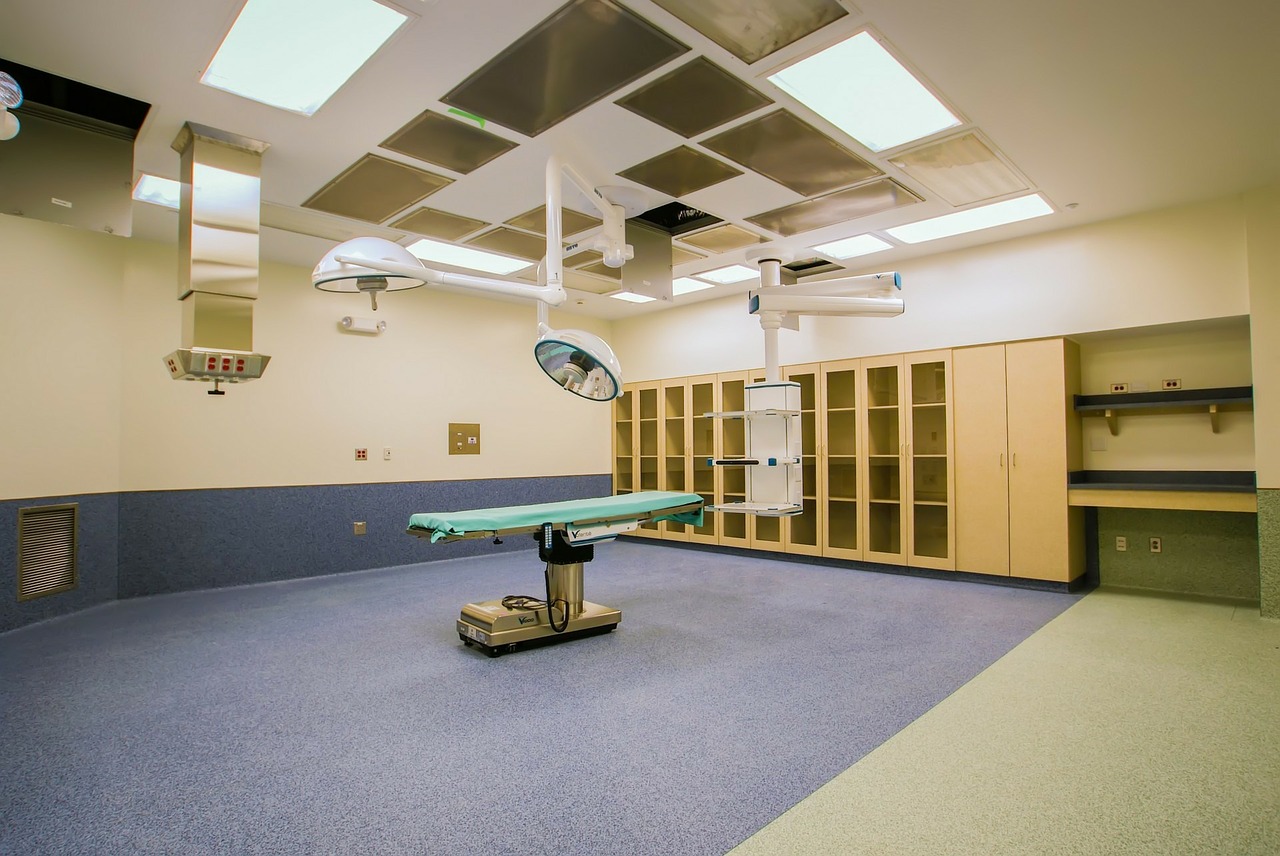In a previous blog post, I discussed our process for constructing a scope of work to perform a campus water consumption analysis. At the time, we knew a minimal amount about the existing metering system. A site visit was conducted to allow us to put our eyes on each meter listed for the campus. After this was completed, we were able to provide helpful information to our client regarding the current water consumption and metering system as well as next steps for reducing their consumption using a greater level of water use monitoring.
Determination of the Water Consumption Baseline
Similar to tracking energy consumption, it is important to track the water consumption of a property over time using a benchmarking tool such as Energy Star Portfolio Manager or WegoWise. This particular property is already an account I am managing on Energy Star Portfolio Manager, therefore I chose to use this platform for inputting the water consumption data. Once data has been entered (I try to use at least three years’ worth), the next step is establishing a baseline. This refers to the best year that represents the typical usage for this campus. For example, with this particular account, the baseline has been set to the year after the last building was constructed as there have not been any additional changes to the campus that would dramatically change the water consumption. As projects are implemented that are expected to reduce the water consumption, our plan is to utilize the Portfolio Manager account to track how these projects effect the overall consumption.
Identification of Water Meters
There are a large number of water meters on this campus. Using a list of accounts and linked meters, we used our walk-through as an opportunity to verify meter locations and the associated service (when possible). We found that this was valuable information for our client to make it easier for understanding where meters are and what they serve. Their original list of accounts, meters and generic locations they were using wasn’t helpful to them. The resulting information from this walk through will hopefully be helpful for our client for property maintenance purposes.
Water Use Monitoring
A suggestion we had for this client was to utilize supplemental meters that communicate to a BMS system for the largest consuming meters. This particular campus had many meters that use relatively little water and it is not worth the expense to monitor all of them. The two feasible options are an ultrasonic flow meter or an electromagnetic flow meter. The ultrasonic meter is a strap-on device, allowing for a “dry” installation (no need to cut the pipes). The insertion electromagnetic flow meter uses a hot tap design for easy insertion without disrupting flow. However, this option is considered a “wet” installation because the meter stem is inside of the pipe. Because the water consumption at this campus is better than most similar building types, having a more granular trending or monitoring of water use will help identify spikes or odd patterns that may not show up on a monthly bill. This information can help identify areas where water consumption can be reduced.
Performing a Water Consumption Analysis
We look forward to the next steps for this water consumption analysis project and to hearing from our client if they will implement the water use monitoring system we suggested.





